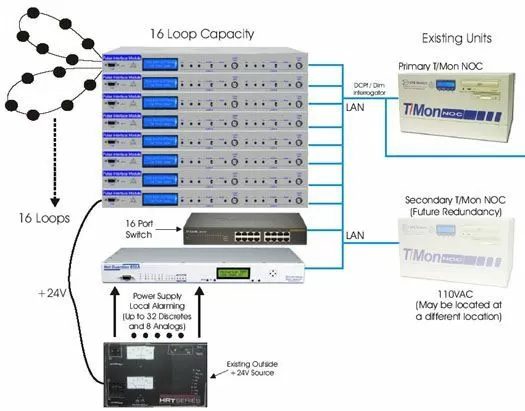Download our free Monitoring Fundamentals Tutorial.
An introduction to Monitoring Fundamentals strictly from the perspective of telecom network alarm management.
1-800-693-0351
Have a specific question? Ask our team of expert engineers and get a specific answer!
Sign up for the next DPS Factory Training!

Whether you're new to our equipment or you've used it for years, DPS factory training is the best way to get more from your monitoring.
Reserve Your Seat Today
The Pulse Interface Module included in this proposal incorporates the perfect balance of functionality, rugged design and cost efficiency, making it ideal for replacing your aged Form 4 equipment. Each Pulse Interface Module (PIM) supports two Loops. As alarms come in, they are registered and displayed on the front panel LCD showing the box the alarm is coming from. Each loop will be independent from each other as well as each box. This will allow the system to receive simultaneous alarms on each channel. They will be queued up in the PIM and reported over LAN to the existing T/Mon NOC. The T/Mon NOC will be running a new software module that interpret and map each alarm.
The PIM has a front craft port for firmware downloading, an LCD display for viewing alarms or printing the decoding of the lines or the current loop setting. Each of the 2 polling loops on the PIM has it's own set of level controls. A key feature of the PIM is a audible alarm for local annunciation. Combined with the LCD display you you'll have both a audible and visual display of both channels. In addition, the units will operate +24v utilizing the existing power source running the Form 4. On the back panel, each loop will connect to the PIM via a locking connector providing secure connection to the back panel. We recommend a 16 port 10/100 switch where all the PIM's will connect via LAN.